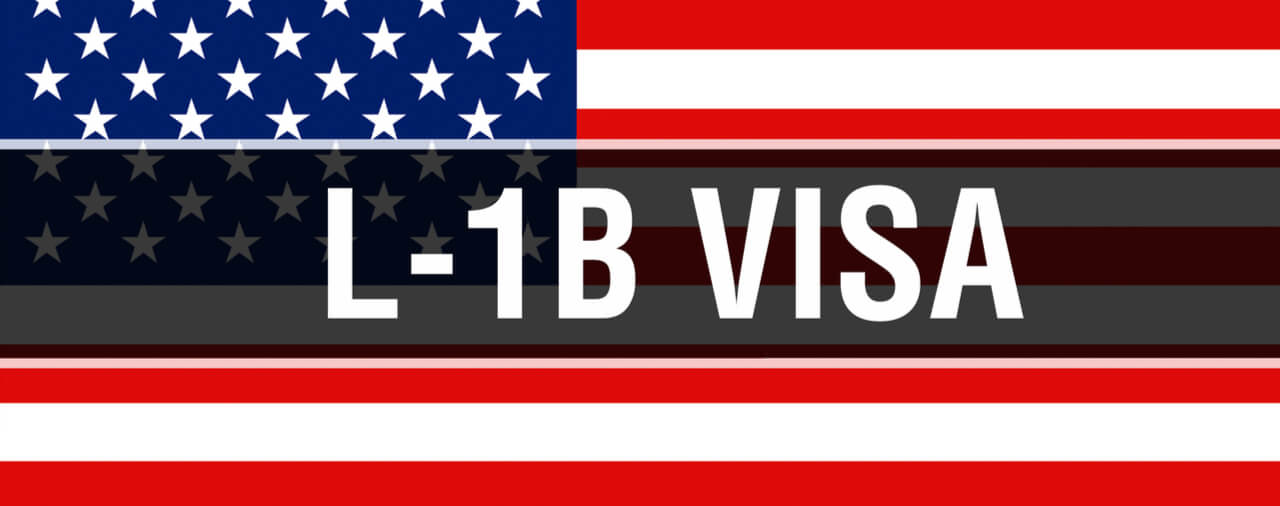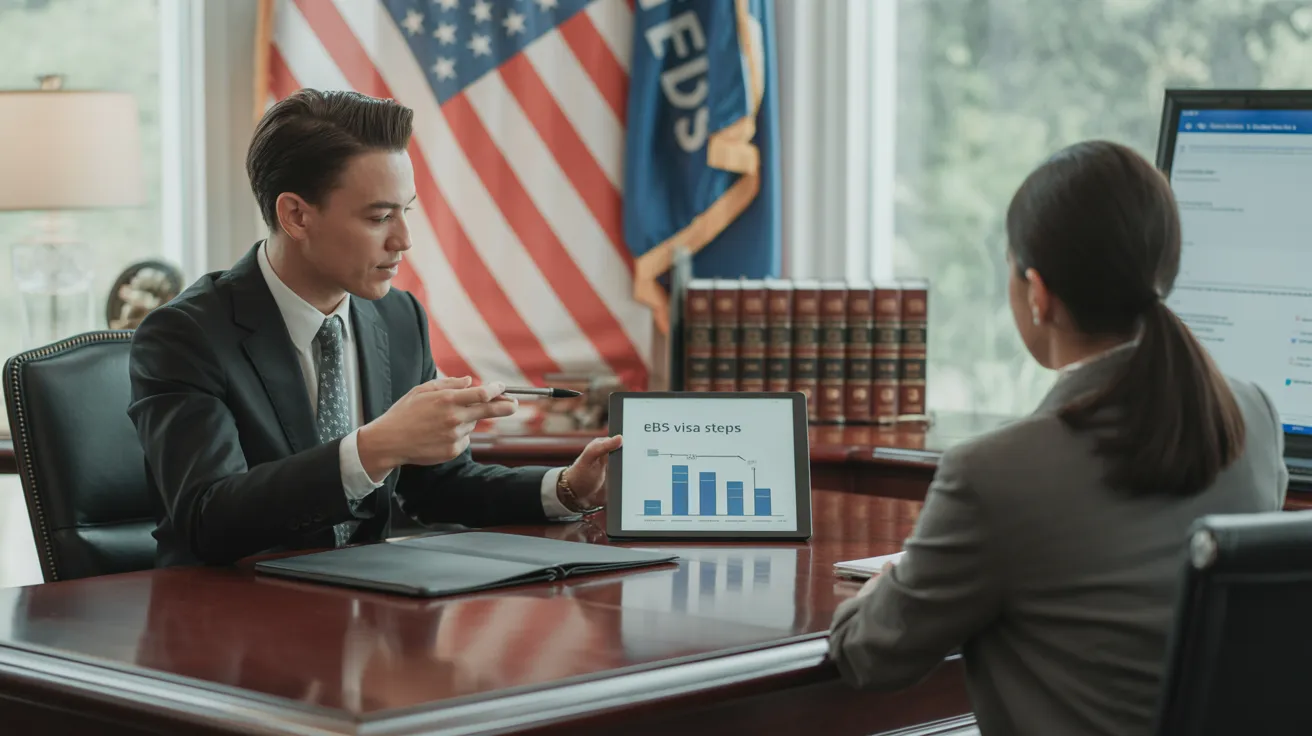How L1 Visa can Save You Time, Stress, and Money.
Table of ContentsHow L1 Visa can Save You Time, Stress, and Money.The Ultimate Guide To L1 VisaExamine This Report about L1 VisaA Biased View of L1 VisaL1 Visa Things To Know Before You Get ThisSome Ideas on L1 Visa You Need To Know
Offered from ProQuest Dissertations & Theses Worldwide; Social Scientific Research Costs Collection. DHS Office of the Assessor General. Obtained 2023-03-26.
United State Department of State. Retrieved 22 August 2016. "Employees paid $1.21 an hour to install Fremont technology business's computer systems". The Mercury News. 2014-10-22. Retrieved 2023-02-08. Costa, Daniel (November 11, 2014). "Little-known temporary visas for international tech workers dispirit salaries". The Hillside. Tamen, Joan Fleischer (August 10, 2013). "Visa Holders Change Workers".
5 Simple Techniques For L1 Visa
In order to be qualified for the L-1 visa, the international business abroad where the Recipient was utilized and the United state firm must have a qualifying relationship at the time of the transfer. The various types of qualifying connections are: 1.
Firm A has 100% of the shares of Company B.Company A is the Moms And Dad and Business B is a subsidiary. There is a qualifying relationship in between the 2 business and Business B should be able to sponsor the Recipient.
Firm A has 40% of Firm B. The continuing to be 60% is had and managed by Business C, which has no relation to Firm A.Since Firm A and B do not have a parent-subsidiary connection, Firm A can not fund the Recipient for L-1.
Instance 3: Company A is included in the U.S. and intends to seek the Recipient. Company B is integrated in Indonesia and uses the Recipient. Company A has 40% of Firm B. The remaining 60% is owned by Firm C, which has no connection to Firm A. However, Company A, by official contract, controls and full takes care of Company B.Since Business An owns much less than 50% of Firm B but manages and controls the business, there is a qualifying parent-subsidiary partnership and Business A can fund the Beneficiary for L-1.
Examine This Report on L1 Visa
Affiliate: An affiliate is 1 of 2 subsidiaries thar are both possessed and regulated by the same moms and dad or individual, or had and managed by the same team of individuals, in essentially the exact same ratios. a. Instance 1: Business A is incorporated in Ghana and employs the Beneficiary. Company B is included in the U.S.
Company C, likewise incorporated in Ghana, possesses 100% of Firm A and 100% of Business B.Therefore, Company A and Company B are "affiliates" or sister companies and a qualifying partnership exists in between the two business. Business B must have the ability to sponsor the Recipient. b. Instance 2: Business A is incorporated in the united state
Firm A is 60% had by Mrs. Smith, 20% had by Mr. Doe, and 20% owned by Ms. Brown. Company B is integrated in Colombia and presently explore your L1 Visa employs the Recipient. Firm B is 65% possessed by Mrs. Smith, 15% had by Mr. Doe, and 20% owned by Ms. Brown. Business A and Business B are affiliates and have a qualifying relationship in 2 different methods: Mrs.
The L-1 visa is an employment-based visa group developed by Congress in 1970, allowing multinational business to move their supervisors, executives, or essential personnel to their united state operations. It is frequently referred to as the intracompany transferee visa. There are two main kinds of L-1 visas: L-1A and L-1B. These types appropriate for staff members hired in different placements within a firm.

Furthermore, the recipient must have functioned in a managerial, exec, or specialized worker placement for one year within the three years coming before the L-1A application in the international company. For new workplace applications, international employment should have been in a supervisory or executive capacity if the recipient is concerning the USA to work as a supervisor or exec.
L1 Visa Can Be Fun For Everyone

If granted for a united state firm operational for more than one year, the initial L-1B visa is for approximately 3 years and can be prolonged for an additional 2 years (L1 Visa). On the other hand, if the U.S. business is newly established or has been functional for much less than one year, the first L-1B visa is provided for one year, with extensions available in two-year increments
The L-1 visa is an employment-based visa category established by Congress in 1970, enabling multinational companies to transfer their managers, executives, or essential workers to their U.S. procedures. It is typically referred to as the intracompany transferee visa.
What Does L1 Visa Mean?
Additionally, the recipient should have operated in a supervisory, exec, or specialized staff member setting for one year within the 3 years preceding the L-1A application in the international business. For new office applications, foreign work needs to have remained in a supervisory or executive ability if the L1 Visa attorney recipient is involving the United States to work as a manager or exec.
for up to seven years to look after the procedures of the U.S. affiliate as an exec or supervisor. If provided for an U.S. firm that has actually been operational for greater than one year, the L-1A visa is initially approved for as much as three years and can be prolonged in two-year increments.
If approved for an U.S. firm operational for even more than one year, the initial L-1B visa is for up to 3 years and can be extended for an extra 2 years. On the other hand, if the U.S. firm is freshly established or has been functional for much less than one year, the preliminary L-1B visa is issued for one year, with expansions available in two-year increments.